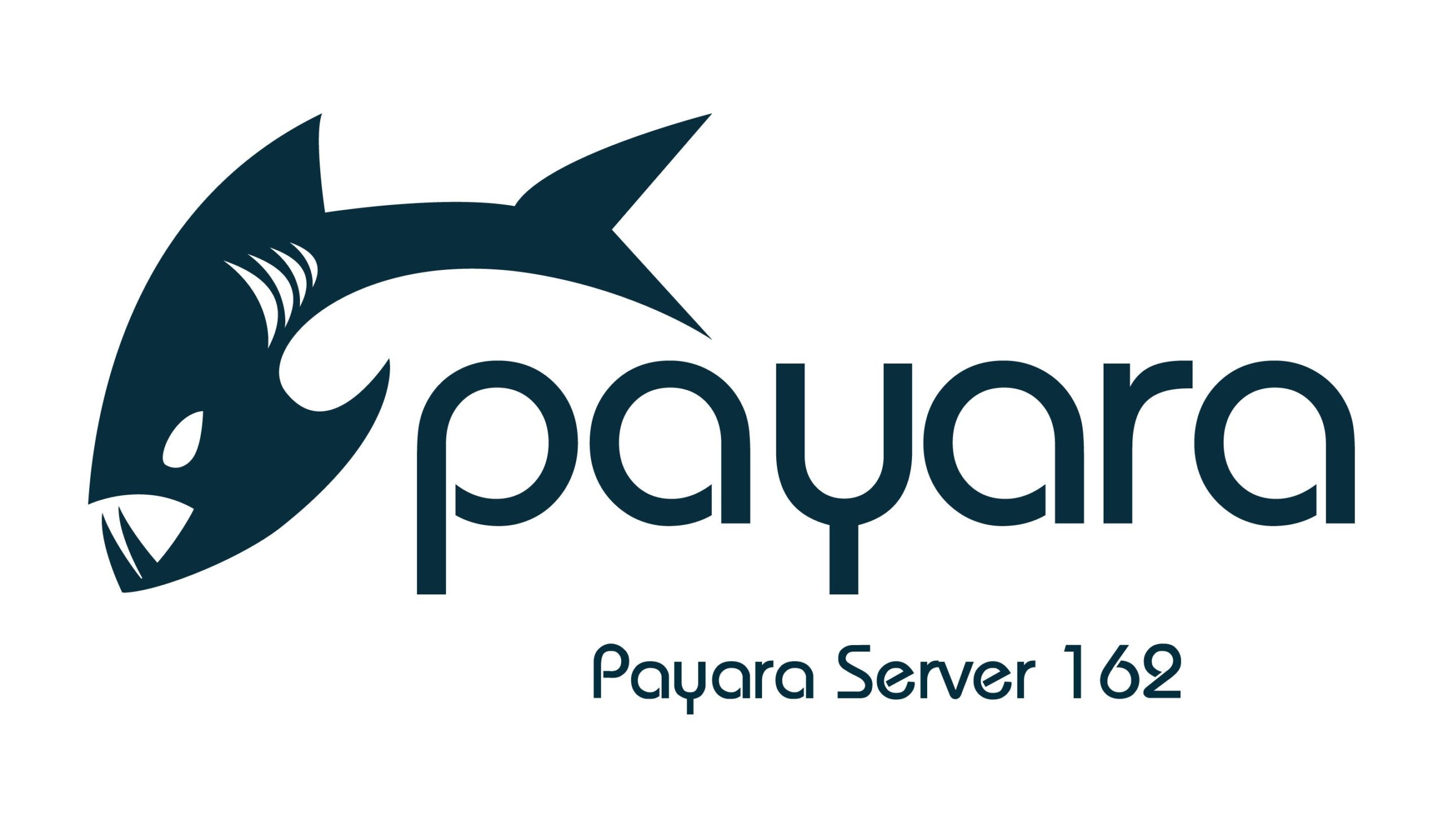 3 minutes
3 minutes
End-of-Life Technology: How to Drive Innovation Without Compromising Stability
When legacy systems approach end-of-life (EOL), enterprise IT teams typically face the choice of moving forward at all costs […]

The second release of 2016 is finally here! Payara Server 4.1.1.162 is our biggest release yet in terms of sheer number of bug fixes and new features. One of the biggest things isn’t actually a new feature of Payara Server but a newly rehosted documentation, and it’s where you’ll find the full release notes for this version.
Outside of the Server itself, we have a couple of new things – e.g. updated documentation and improved Docker images in Docker Hub. These aren’t small improvements, so we will dedicate separate blog posts to these!
Within the team, we have new members to welcome – Fabio Turizo has joined the Support and Customer Service Team; and Lenny Primak has joined our developers. Lenny has been part of the team for a couple of weeks now and hasn’t wasted time; two enhancements have been added by Lenny:
Disable CDI for and entire deployment in deployment descriptor
Add support for overriding app server libraries using ScopedEARClassloader on domain level
We already support more modern cluster topologies in Payara Server and Payara Micro through the use of Hazelcast (see more ). With this release, we have enabled Hazelcast “Lite” nodes in both Micro and Server editions. This means that you can have cluster members which share data, but have no local data storage. This means you can drastically skew your heap in favour of the new generation and, as a result, have much lower pause times! In addition to that, we have also enabled Payara Micro and Payara Server to join the same cluster.
An important improvement is that we now support Hazelcast group config and group password properties in the console. If you’re in a position where you go live to production with a Hazelcast cluster which has default settings, then previously there would be cross-talk with any other Payara Server instance that used Hazelcast on the same network. Our first recommendation is always to change the defaults, but using group configuration we can avoid accidents!
Stay tuned to this blog over the coming weeks, where we intend to go more in-depth in the advantages and disadvantages of these new styles of clustering and show how you can make the best use of them in cloud environments.
The new clustering feature I’m most looking forward to, though, is a new button in the admin console, and an asadmin command to go with it…

…because it was added by me! I’ve long been frustrated by the lack of a restart button at the cluster level, despite it being possible to restart individual instances. Now I know that my testing life is going to have one less frustration in it!
There have been quite a few Payara Micro improvements this month, so I’ll list the key ones here:
As usual, the community effort has been very strong! Our thanks for this release go out to:
Patrik Duditš:
“ratcashdev”:
and David Matějček:
A special mention to all those who have been raising issues on GitHub! We’re very grateful for all the work in testing our new releases and quickly raising bugs. The more things we catch early, the better Payara Server becomes!
As mentioned above, keep an eye out for more blog posts explaining the new Payara Server and Payara Micro 162 features in more detail – all coming within the next couple of weeks. Make sure you don’t miss them and subscribe to our blog ( top of this page).
Share:
 3 minutes
3 minutes
When legacy systems approach end-of-life (EOL), enterprise IT teams typically face the choice of moving forward at all costs […]
 3 minutes
3 minutes
Working with enterprise Java databases can sometimes feel like swimming upstream. Jakarta EE 11’s Jakarta Data helps developers glide […]
 2 minutes
2 minutes
The recent releases of Spring Framework 7.0 and Spring Data 2025.1.0 mark an important milestone for the Java ecosystem, […]
How to migrate from Payara Server 4.1.1.161.1 to 4.1.1.162?
I did some configuration (datasources, jars) and I don’t want to lose it.
Thanks.
Hi Juliano! To some extent, how to upgrade depends on how you have configured your servers, how many clusters you have and what are the applications. I will send you an email with some more information.
Hi, Mike.
I would like to clarify what means “Haselcast Lite Member”? I have 5 nodes in my test environment: 4 pure Hazelcast nodes and one Payara Server Full node as “light” member. Using Hazelcast Management Center I see that Payara serves Hazelcast partitions as well and stores data. May be I missed something?
A hazelcast lite member is essentially a Hazelcast node which does not store any data. How did you configure your Payara Server lite node? If you think this is a bug, raise an issue on GitHub with the steps to reproduce the problem:
https://github.com/payara/Payara/issues
Hi, Mike.
Problem is found: I’m using alternative hazelcast-config.xml, so it is required to specify within it. With this setting Payara behave exactly as expected. Thank you!
Hi Mike, I am facing some issues while migrating from glassfish 4.1.1 to payara 4.1.1.162. While trying to access the remote ejb (with serializable class as an input param) i get the following error. The code works fine works fine when when I run it on glassfish 4.1.1. Could you tell me if im missing some basic configuration change. Thank you for your help.
org.omg.CORBA.MARSHAL: WARNING: 00810013: Could not find class in CDRInputStream.readClass vmcid: OMG minor code: 13 completed: Maybe
at com.sun.proxy.$Proxy175.cnfeReadClass(Unknown Source)
at com.sun.corba.ee.impl.encoding.CDRInputStream_1_0.readClass(CDRInputStream_1_0.java:1312)
at com.sun.corba.ee.impl.encoding.CDRInputStream_1_0.read_value(CDRInputStream_1_0.java:961)
at com.sun.corba.ee.impl.encoding.CDRInputObject.read_value(CDRInputObject.java:518)
at com.sun.corba.ee.impl.presentation.rmi.DynamicMethodMarshallerImpl$14.read(DynamicMethodMarshallerImpl.java:383)
at com.sun.corba.ee.impl.presentation.rmi.DynamicMethodMarshallerImpl.readArguments(DynamicMethodMarshallerImpl.java:450)
at com.sun.corba.ee.impl.presentation.rmi.ReflectiveTie._invoke(ReflectiveTie.java:171)
at com.sun.corba.ee.impl.protocol.ServerRequestDispatcherImpl.dispatchToServant(ServerRequestDispatcherImpl.java:528)
at com.sun.corba.ee.impl.protocol.ServerRequestDispatcherImpl.dispatch(ServerRequestDispatcherImpl.java:199)
at com.sun.corba.ee.impl.protocol.MessageMediatorImpl.handleRequestRequest(MessageMediatorImpl.java:1549)
at com.sun.corba.ee.impl.protocol.SharedCDRClientRequestDispatcherImpl.marshalingComplete(SharedCDRClientRequestDispatcherImpl.java:119)
at com.sun.corba.ee.impl.protocol.ClientDelegateImpl.invoke(ClientDelegateImpl.java:258)
at com.sun.corba.ee.impl.presentation.rmi.StubInvocationHandlerImpl.privateInvoke(StubInvocationHandlerImpl.java:198)
at com.sun.corba.ee.impl.presentation.rmi.StubInvocationHandlerImpl.invoke(StubInvocationHandlerImpl.java:150)
at com.sun.corba.ee.impl.presentation.rmi.codegen.CodegenStubBase.invoke(CodegenStubBase.java:226)
Hi Nikhil, it’s hard to tell from your comment. Could you create a new issue on our GitHub project with some extra detail from the server log and the code that is failing.
https://github.com/payara/Payara/issues